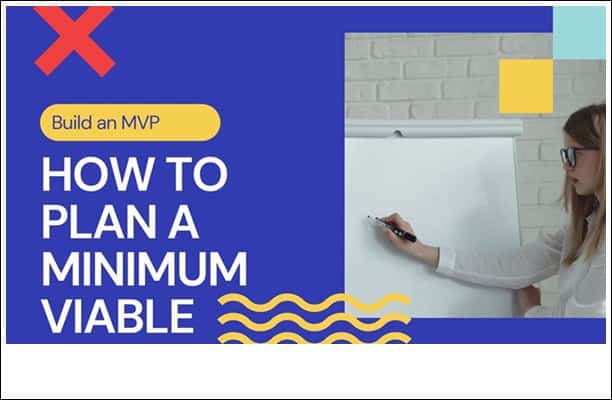
In the year 1999, a young boy named Nick Swinmurn desired a pair of shoes. He went to a mall close to the home he lives in, but regrettably, he was not able to find the kind of shoes he wanted, he was disappointed. Then thought to himself, if the physical store could not satisfy him due to their obvious limitations and incapacity, an online store should have an edge where the traditional store failed; hence he wanted to build an MVP.
He decided to sell shoes online and that is how another whole idea came to life, the concept of MVP was created. What he had to do was plan a minimum viable product. Rather than administering across-the-board and pricey market research, he designed a basic website. Then, he went to a shoe store, got pictures of some shoes available for sale, and placed them on his site. On receiving the order, he purchased the shoes from the store and shipped them out.
Although he wasted money on every sale, it was a dumbfounding way to try out a business idea. Once he found out that customers are willing to purchase shoes online, he started to turn his idea into a fully operative business. Nick Swinmurn structured a company, Zappos, which would later be acquired by Amazon for $1.2 billion. You too can start simple like Nick and use various online resources to learn how to build an MVP.
WHAT IS A MINIMUM VIABLE PRODUCT (MVP)?
An MVP (Minimum viable product) is an elementary, launch-ready version of the product. The product supports minimal and essential features– this capacity remains its MVP–Minimal Value Proposition. A company creates an MVP to enable faster time to market, draw early adopters and exert a product-market force in an early stage.
Once the company launches the MVP, the team waits for an initial feedback. Feedback is the whole essence of your decision to build an MVP for an app. They will help a lot in fixing all bugs and replace old features with new, better, and more useful ones, especially as the early adopters suggest.
With the MVP approach:
- You can make an early market introduction — securing the competitive edge
- Early experimentation of the idea with actual users — to examine whether you can solve their problems economically
- You can operate expeditiously towards developing a matured product — based on user feedback and suggestions
PURPOSE OF AN MVP (MINIMUM VIABLE PRODUCT)
The goal motivating an entrepreneur to develop a minimum viable product should be launching a product in the shortest time possible, based on that unique idea, with a small budget. This know-how allows you to collect users’ feedback for the primary product and comes in handy in future iterations. By creating a minimum viable product, one can locate the right audience, draw the ideas based on experience, and save time.
Making an MVP app connotes finding the correct balance between what your business is bringing to the table for the potential consumers, and what they need. The designated end product of the MVP is its ability to test the idea by minimizing errors and eventually eliminating them. An MVP helps in collecting maximum quality feedback, by targeting specific groups, or types of users.
HOW TO PLAN A MINIMUM VIABLE PRODUCT
- Recognize and Identify Your Business Type
- a) Determine the long-term goal of the product and outline the details on paper
- b) Answer the question “Why are we embarking on this project?”
- c) Create a success standard that will indicate whether or not the product is successful. The success is directly tied to this indicator.
- Look For Opportunities
- a) Figure out the user journey(s)
Identify the consumers (actors)
Identify how it all ends (end goal)
Identify all actions the consumer must take to meet that end goal
- b) Create a “pain and gain” plan to follow for each action
Write down the action the consumer takes and finishes when using the product
Write down the pain elements for each action
Write down the gains obtainable for each action
- c) Sum up the pains and gains into possibility guide
Use “How might we” statements or alike method to sum up the pains and gains you have outlined
- Decide What Features To Build
- a) Use the outline possibility guide to finalize your features
- b) Provide a categorization of the features to include in the product roadmap
- c) Use a prioritization arrangement to prioritize features
Leave a Reply
You must be logged in to post a comment.